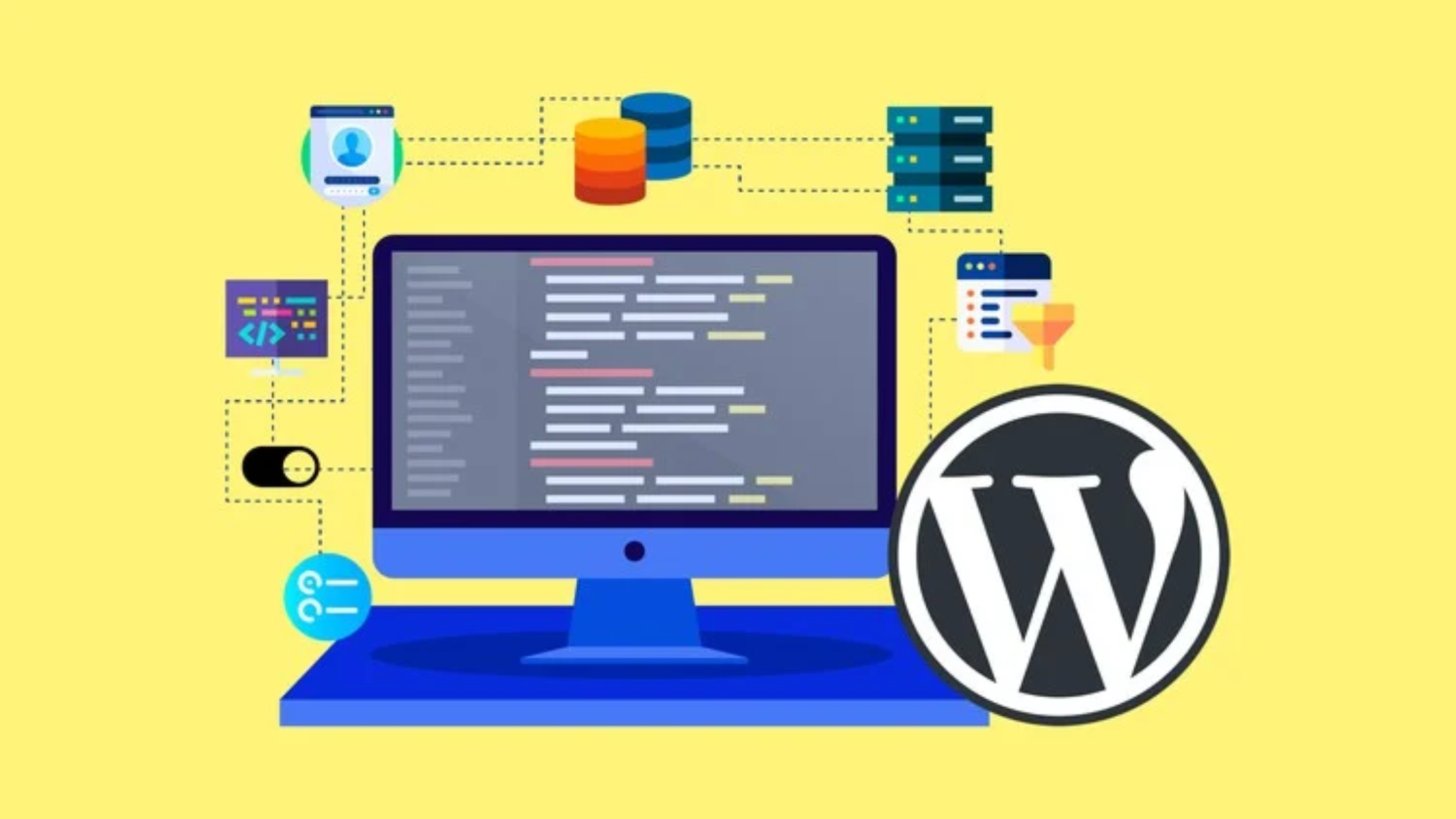In the rapidly evolving landscape of artificial intelligence, a new paradigm is emerging that’s set to disrupt traditional software development and data analysis: prompt engineering. This approach, leveraging large language models (LLMs) like GPT-4, is not just augmenting existing algorithms—it’s often replacing them entirely. Let’s explore how simple prompt engineering can revolutionize your work and why it’s becoming an essential skill in the AI era.
The Rise of Prompt Engineering
Prompt engineering is the art and science of crafting input prompts for AI models to generate desired outputs. It’s a deceptively simple concept with profound implications. Instead of writing complex algorithms or spending months training specialized models, developers and analysts can now often achieve similar or better results by carefully constructing prompts for general-purpose AI models.
Key Advantages of Prompt Engineering:
1. Rapid Prototyping: Develop and test ideas quickly without extensive coding.
2. Flexibility: Easily adapt to new tasks or requirements by modifying prompts.
3. Accessibility: Lower the barrier to entry for AI-powered solutions.
4. Cost-Effectiveness: Reduce development time and resources.
How Prompt Engineering is Changing the Game
1. Natural Language Processing (NLP)
Traditional Approach: Developing specialized models for tasks like sentiment analysis, named entity recognition, or text classification.
Prompt Engineering Approach: Crafting prompts that instruct the AI to perform these tasks directly.
Example:
Traditional: Train a sentiment analysis model on a large dataset of labeled reviews.
Prompt: “Analyze the sentiment of the following text: [insert text]. Classify it as positive, negative, or neutral.”
2. Data Analysis
Traditional Approach: Writing complex SQL queries or using specialized data analysis libraries.
Prompt Engineering Approach: Describing the desired analysis in natural language.
Example:
Traditional: Write a Python script using pandas to analyze sales data.
Prompt: “Analyze the following sales data. Calculate the total revenue, identify the top-selling products, and summarize sales trends over time.”
3. Code Generation
Traditional Approach: Manually writing code or using code generation tools with predefined templates.
Prompt Engineering Approach: Describing the desired functionality in natural language.
Example:
Traditional: Write a function to calculate Fibonacci numbers.
Prompt: “Write a Python function that calculates the nth Fibonacci number efficiently.”
4. Problem Solving
Traditional Approach: Developing algorithms to solve specific types of problems.
Prompt Engineering Approach: Describing the problem and asking the AI to generate a solution.
Example:
Traditional: Implement a path-finding algorithm for a game.
Prompt: “Describe an efficient algorithm to find the shortest path between two points in a 2D grid with obstacles.”
The Art of Effective Prompt Engineering
While prompt engineering may seem straightforward, crafting effective prompts is a skill that requires practice and understanding of AI models’ capabilities and limitations.
Key Principles of Effective Prompt Engineering:
1. Be Specific: Clearly define the task, desired output format, and any constraints.
2. Provide Context: Give relevant background information to help the AI understand the task better.
3. Use Examples: Include sample inputs and outputs to guide the AI’s response.
4. Break Down Complex Tasks: For complicated requests, consider breaking them into smaller, manageable steps.
5. Iterate and Refine: Test your prompts and refine them based on the results.
6. Leverage Model-Specific Features: Understand and use features specific to the AI model you’re working with (e.g., GPT-4’s ability to understand and generate code).
Example of Prompt Refinement:
Initial Prompt: “Analyze this dataset.”
Refined Prompt: “Analyze the attached CSV file containing sales data for Q1 2023. Provide a summary of total revenue, identify the top 5 selling products, and create a line graph showing daily sales trends. Present the results in a clear, bulleted format suitable for a management presentation.”
Challenges and Considerations
While prompt engineering offers numerous advantages, it’s not without challenges:
1. Consistency: AI responses can vary, even with identical prompts. Implement validation steps for critical applications.
2. Limitations of Current Models: Understand what tasks current AI models can and cannot do reliably.
3. Data Privacy: Be cautious about inputting sensitive data into third-party AI models.
4. Overreliance: Don’t neglect traditional programming and analytical skills. They remain crucial for many tasks and for understanding AI outputs.
5. Ethical Considerations: Be aware of potential biases in AI models and the ethical implications of AI-generated content.
The Future of Prompt Engineering
As AI models continue to evolve, we can expect prompt engineering to become even more powerful and nuanced. Future developments may include:
1. More Specialized Models: AI models fine-tuned for specific industries or tasks, requiring domain-specific prompt engineering skills.
2. Interactive Prompting: AI systems that engage in multi-turn conversations to refine tasks and outputs.
3. Automated Prompt Optimization: Tools that help generate and refine prompts for optimal results.
4. Integration with Traditional Programming: Seamless workflows combining prompt-driven AI and traditional coding.
5. Prompt Libraries: Curated collections of effective prompts for common tasks across various domains.
Conclusion: Embracing the Prompt Engineering Revolution
The rise of prompt engineering represents a paradigm shift in how we approach problem-solving and software development. It’s democratizing access to AI capabilities, allowing individuals and organizations to leverage powerful AI models without extensive technical expertise or resources.
However, it’s crucial to approach prompt engineering with a balanced perspective. While it can dramatically streamline many tasks, it’s not a complete replacement for traditional software development and data analysis skills. Rather, it’s a powerful new tool in the modern tech professional’s toolkit.
For developers, data scientists, and business analysts, developing strong prompt engineering skills is becoming increasingly important. It allows for rapid prototyping, efficient problem-solving, and the ability to leverage AI in novel ways.
As we move forward, the most successful professionals will likely be those who can seamlessly blend traditional programming and analytical skills with effective prompt engineering. They’ll be able to choose the right approach for each task, whether it’s writing a custom algorithm, using a specialized library, or crafting the perfect prompt for an AI model.
The AI revolution is here, and it’s eating algorithms. But rather than replacing human expertise, it’s augmenting and transforming it. By mastering prompt engineering, you can stay ahead of the curve and unlock new levels of productivity and innovation in your work. The future belongs to those who can speak the language of AI – and prompt engineering is your key to fluency.







